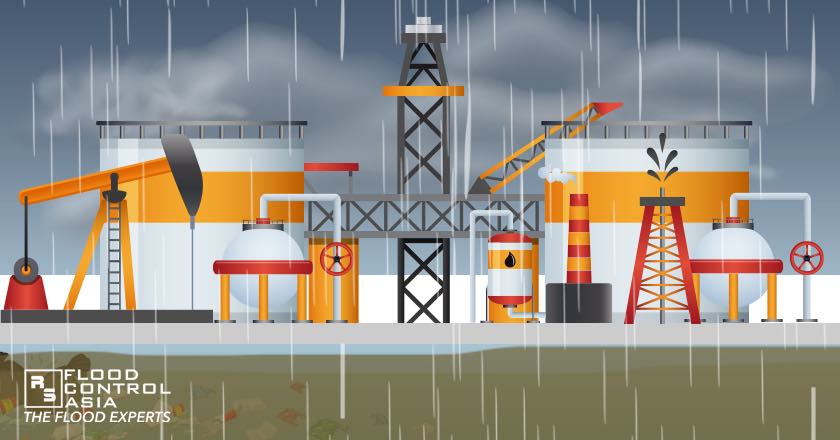Here’s What You Need to Know About Floods and Flash Floods
May 11, 2021 | Created by: Andreas Klippe | Comments

Although we know that both floods and flash floods may cause harm, they are often used interchangeably. Are all floods, flash floods? Or are all flash floods, floods? Do they have a relationship? Just what is the difference between floods and flash floods?
To start, we first tackle what a flood and flash flood individually mean. Then we will differentiate them later on.
What is a flood?

Basically, a flood is an overflow of water that causes the land to be underwater.
Any place where rain falls is prone to floods. Yet, rain is not always the cause. Rapid melt of snow or abnormal rise in water level in coastal areas can also cause floods to happen.
But mother nature is not all to blame! There are many (and I mean MANY) man-made actions such as deforestation and pollution that can also lead to flooding.
We should not underestimate the power of floods. They are extraordinary. They are also dangerous. They are EXTRAORDINARILY DANGEROUS! In 2020, several countries in Southeast East Asia were inundated by floodwaters and who knows what will happen this year.
What is a Flash Flood?

How about flash floods? Let’s find out.
A flash flood is a type of flood that is caused by a quick, outrageous rainfall that causes water to rise rapidly. Flash floods can even overtake rivers, streams, channels, or roads within a short period of time.
Flash floods happen within minutes or hours of downpours, limiting the available time for warning and protection. If floods are dangerous, flash floods are cataclysmic. The power of the flood plus its unbelievable speed leads to TOTAL CATASTROPHE!
Even though no rain has fallen, a flash flood can occur. Why? Because rainfall is not the only possible cause. A dam failure or a sudden release of water from an upstream may also be a factor.
Floods: More Dangerous than What You Think
Floods need not be huge (like in Noah’s flood) for them to be dangerous phenomena. Yes, they may occur after days or weeks of rain, but even a few hours of heavy rain can bring intense flooding. As an example, in November 2020, Singapore was troubled with knee-deep flooding after 131.4 mm of rainfall from 2:40 PM to 6:10 PM.
Floods also come in different depths — ranging from a few inches to numerous feet. Did you know that just two feet of water can carry cars away? Not just that, floods could take one’s life.
Floods need not be huge for them to be dangerous phenomena.
You see, floods need not be as strong as the biblical diluvian for you to start concerning yourself.
A Quick Solution to Flash Floods

Since flash floods move at disastrous speeds and they often happen with only a slight warning, you need a quick solution to be able to protect yourself. You can try sandbagging (if you still have faith in it) or you can use INEROTM Mobile Flood Barriers.
Here are the reasons why such flood protection barriers would help you:
- INEROTM Mobile Flood Barriers are good for emergencies like flash floods because they are easy to install. No need for permanent installation!
- They are lightweight. In case you have to bring them to the place where you need them, you will not have a hard time carrying them.
- They can be set up ANYWHERE! Again, ANYWHERE!
- They are reusable! So, we can fight against the next unpredictable flash flood!
No matter what the cause is, no matter how quickly a flood occurs, and no matter what the kind of the flood is, floods are damaging and deadly. Therefore, as early as now, let us take advantage of the available means to flood protect ourselves.
For more information on the INEROTM Mobile Flood Barriers, just click the “WATCH THE VIDEO” button below.
To contact a Flood Expert that will provide you with life-saving flood control tips, just click the “BOOK A MEETING” button below.

